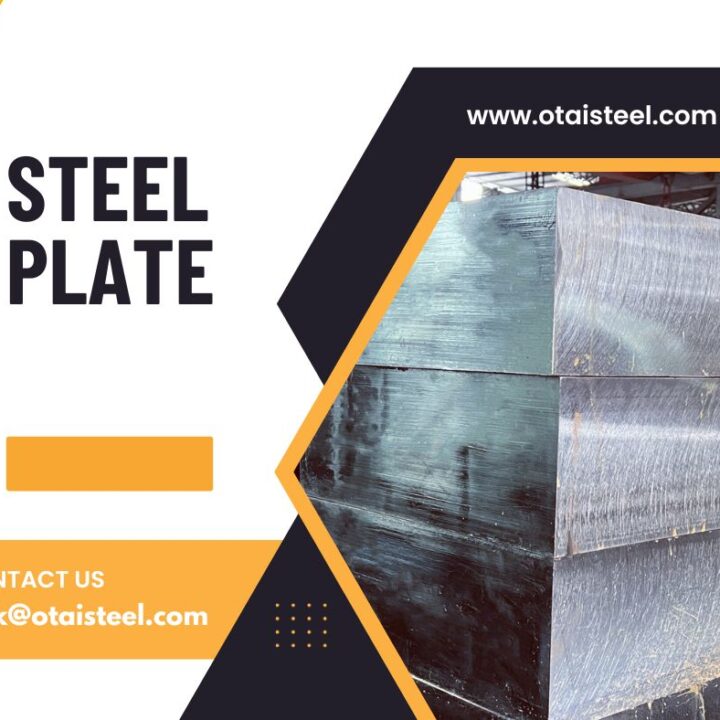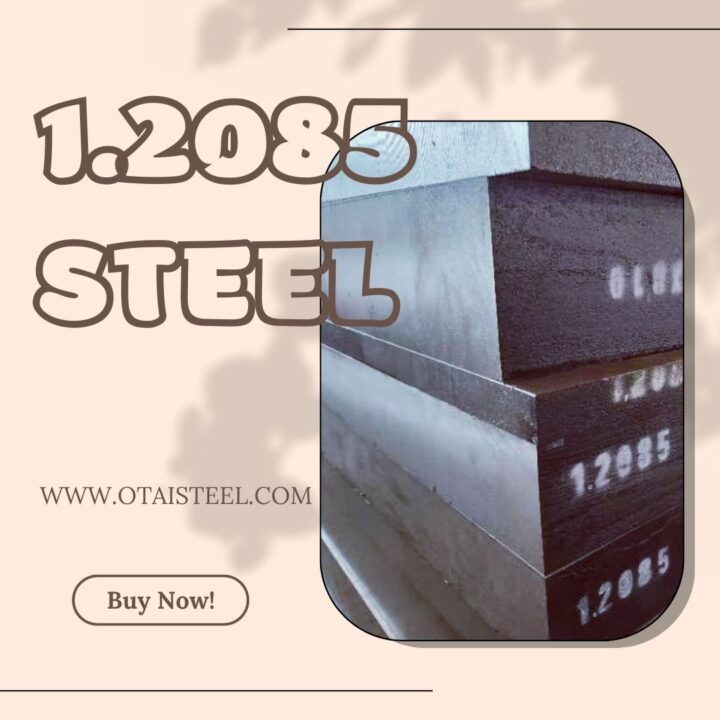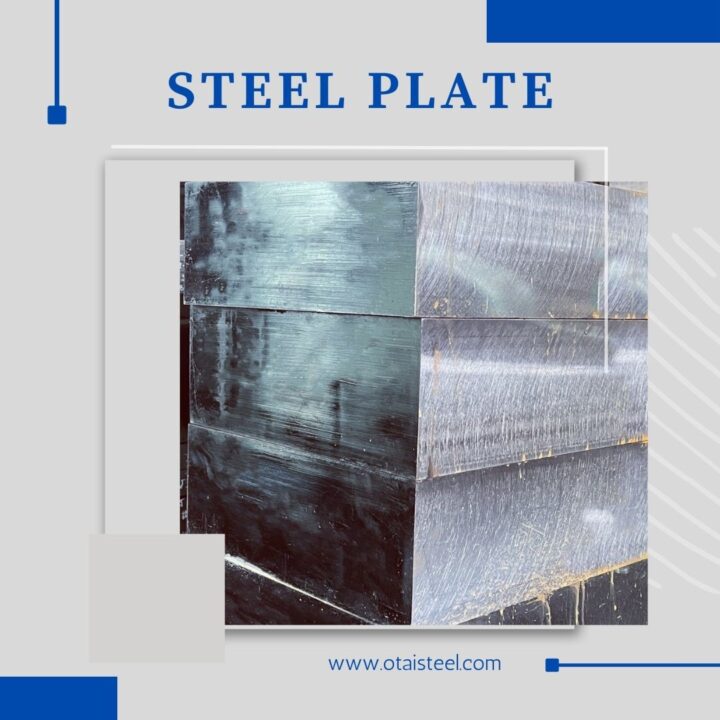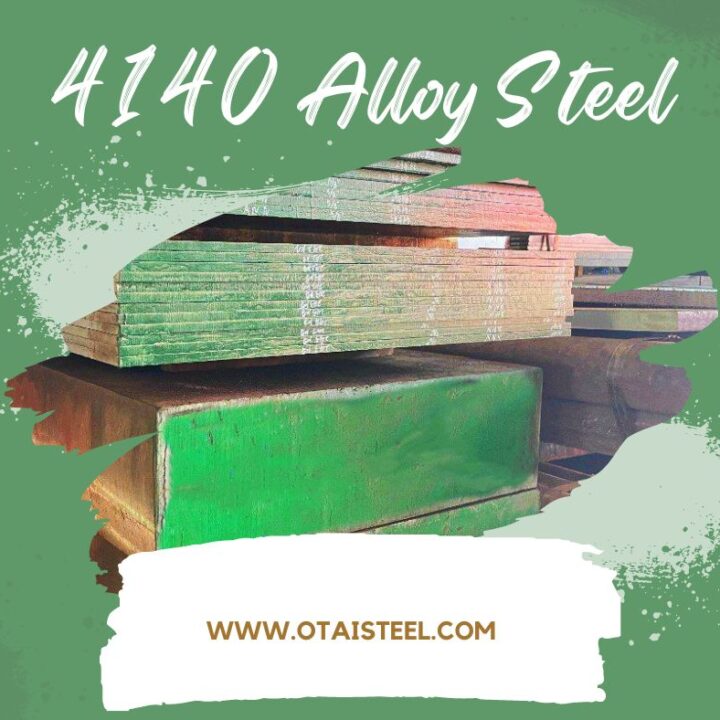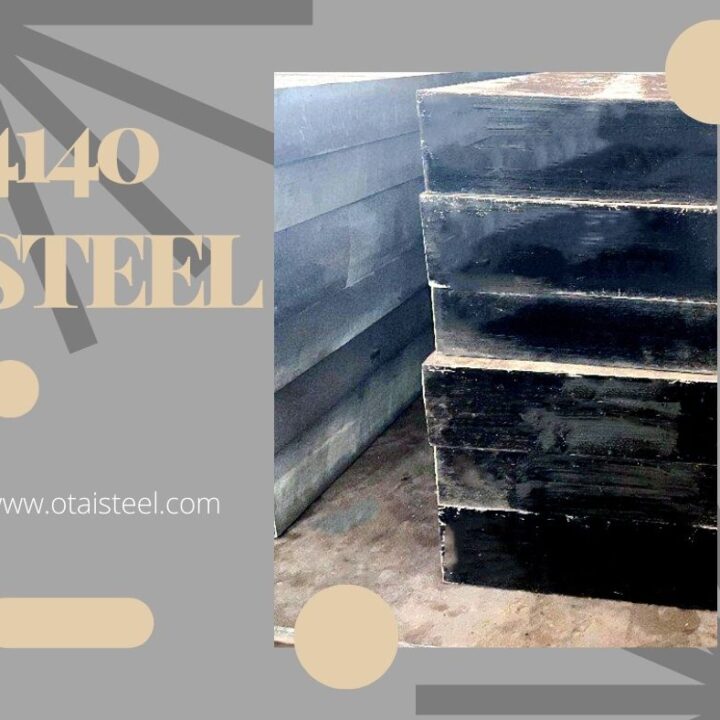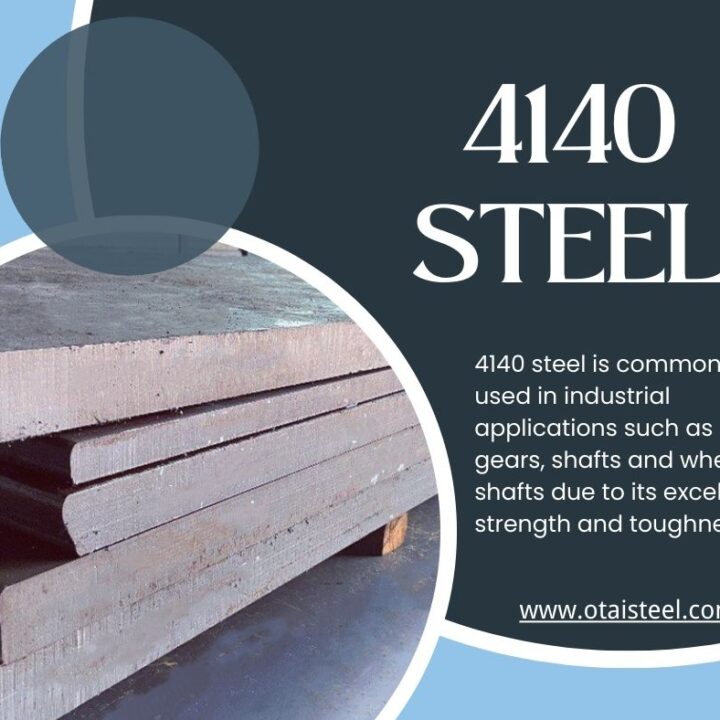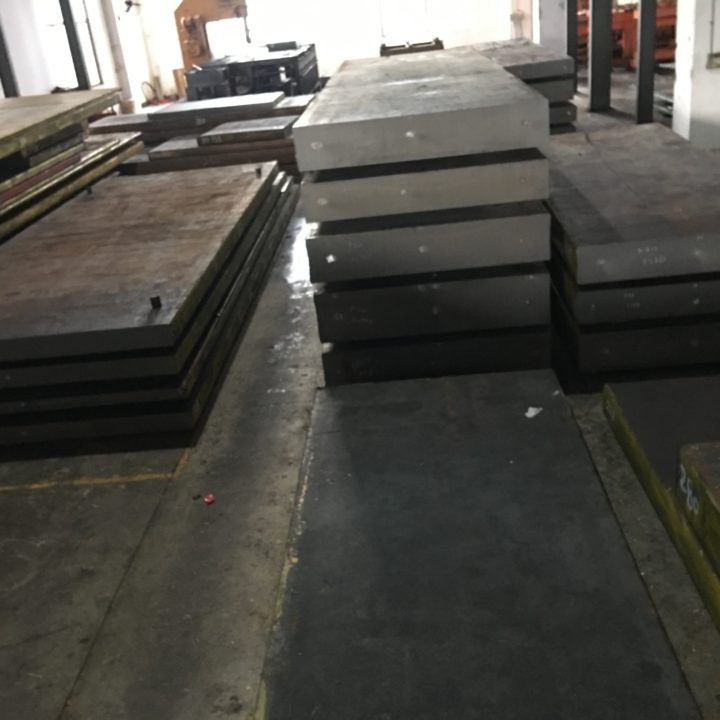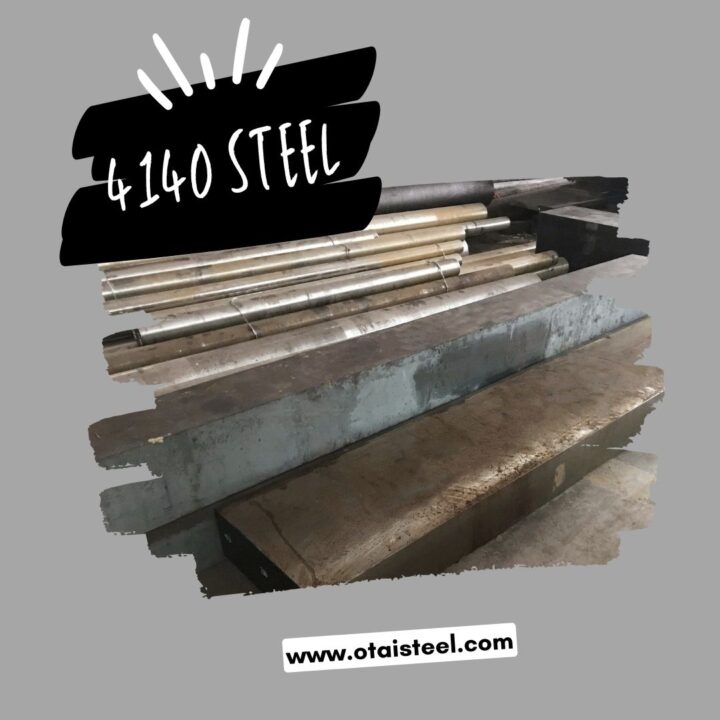The application of 4140 steel in the production of high-performance automotive components has gained significant attention due to its desirable mechanical properties and suitability for demanding automotive applications. Here are some key areas where 4140 steel finds application in the automotive industry:
Steering Components
4140 steel is employed in the production of steering components like tie rods and steering shafts. These components require high strength and stiffness to ensure precise steering response and control. The use of 4140 steel contributes to the overall stability and safety of the vehicle’s steering system.
Transmission and Clutch Components
The transmission and clutch systems in automobiles demand materials with excellent wear resistance, strength, and durability. 4140 steel meets these requirements and is commonly utilized in the production of transmission gears, clutch plates, and other critical components.
Wheel Hubs and Spindles
Wheel hubs and spindles are responsible for supporting the vehicle’s weight and transmitting forces between the suspension and the wheels. 4140 steel’s combination of high strength, toughness, and fatigue resistance makes it well-suited for these applications, ensuring the reliable and safe operation of the wheels.
Roll Cages and Chassis Reinforcements
High-performance vehicles often incorporate roll cages and chassis reinforcements to enhance structural integrity and occupant safety. 4140 steel’s strength and impact resistance make it a preferred choice for these components, contributing to the overall rigidity and crashworthiness of the vehicle.
Exhaust System Components
The high-temperature and corrosive environment of the exhaust system demand materials with good heat resistance and corrosion resistance. 4140 steel, when properly heat-treated and coated, can be used for manufacturing exhaust headers and other components, ensuring longevity and performance in these harsh conditions.
The application of 4140 steel in the production of high-performance automotive components is widespread. Its excellent combination of strength, toughness, fatigue resistance, and wear resistance makes it a preferred material choice for critical components that require durability, reliability, and optimal performance in demanding automotive applications.
